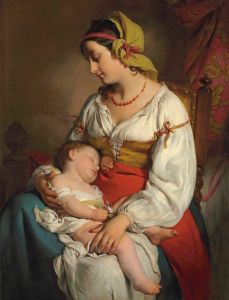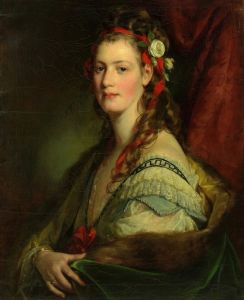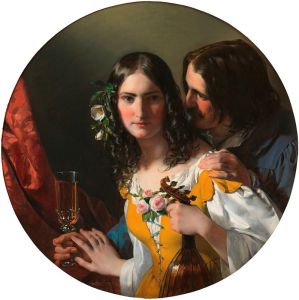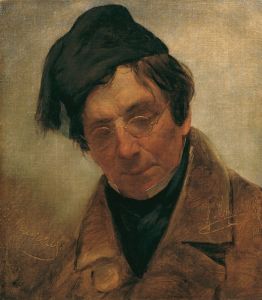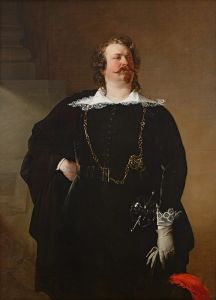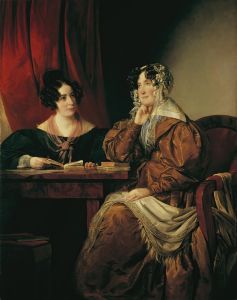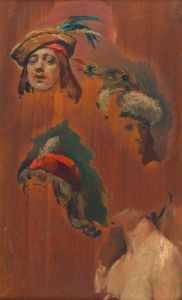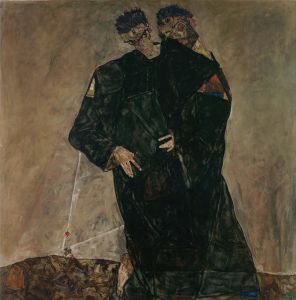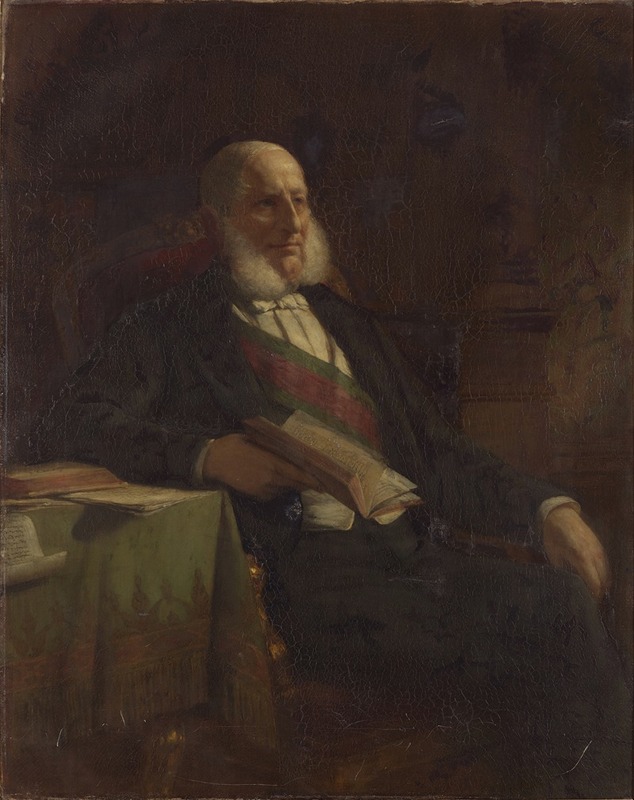
Anton Ritter von Schmerling
A hand-painted replica of Friedrich von Amerling’s masterpiece Anton Ritter von Schmerling, meticulously crafted by professional artists to capture the true essence of the original. Each piece is created with museum-quality canvas and rare mineral pigments, carefully painted by experienced artists with delicate brushstrokes and rich, layered colors to perfectly recreate the texture of the original artwork. Unlike machine-printed reproductions, this hand-painted version brings the painting to life, infused with the artist’s emotions and skill in every stroke. Whether for personal collection or home decoration, it instantly elevates the artistic atmosphere of any space.
Anton Ritter von Schmerling by Friedrich von Amerling is a portrait painted by the renowned Austrian artist Friedrich von Amerling. The painting depicts Anton Ritter von Schmerling, a prominent Austrian statesman and jurist who played a significant role in the political developments of the Austrian Empire during the 19th century. Schmerling is best known for his contributions to constitutional reform and his efforts to modernize the legal and administrative systems of the empire.
Friedrich von Amerling, one of the leading portrait painters of the Biedermeier period, created this artwork with his characteristic attention to detail and mastery of realism. Amerling was celebrated for his ability to capture the personality and status of his sitters, and this portrait of Schmerling is no exception. The painting showcases Amerling's skill in rendering textures, such as the fabric of Schmerling's clothing, and his use of light and shadow to create a lifelike representation.
Anton Ritter von Schmerling (1805–1893) held several important positions throughout his career, including serving as the Minister of Justice and later as the Minister-President of Austria. He was instrumental in drafting the "Schmerling Constitution" of 1861, which established a framework for a constitutional monarchy in the Austrian Empire. This legal document aimed to balance the interests of various ethnic and social groups within the empire, though its implementation faced challenges.
The portrait likely reflects Schmerling's stature and influence during his lifetime, emphasizing his role as a key figure in Austrian politics. Amerling's choice of composition, pose, and expression in the painting conveys Schmerling's dignity and intellectual presence, aligning with the conventions of portraiture for prominent figures of the era.
The exact date of the painting's creation is not definitively documented, but it is presumed to have been completed during Schmerling's active years in public service, when his prominence would have warranted such a commission. The painting is an example of Amerling's ability to merge artistic excellence with historical documentation, providing a visual record of one of Austria's notable historical figures.
As of now, the current location of the painting and its ownership are not widely documented in public records. Further research may provide additional context regarding its provenance and exhibition history.





